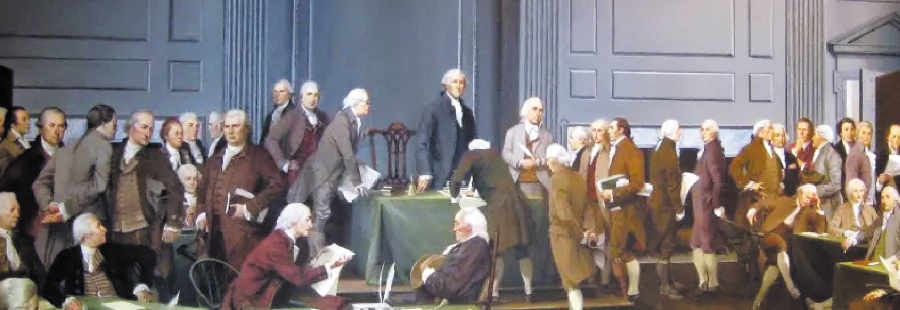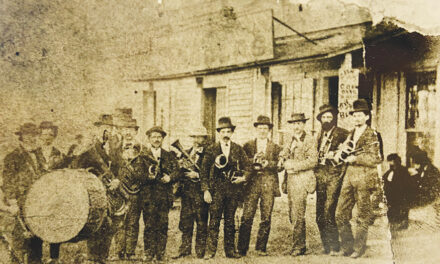
Twice, North Carolina has not been part of the federal union, as a member in good standing, as part of the governing body. The second time came during the American Civil War, when it and ten other southern states were engaged in an attempt to secede from the Union. The first instance came during the period when the original 13 states were ratifying the Constitution and creating the United States of America as we know it. For over a year, the Tar Heel state was not officially represented, but still had a profound impact.
It all started when the Articles of Confederation, the document crafted by the Second Continental Congress during the American Revolution, was under scrutiny. The “loose union of firm friends” was judged too loose and revisions were considered. Delegates from North Carolina and the twelve other states met in Philadelphia with the original intent to strengthen the Articles. Those discussions broke down over how to best create a strong federal union while also making sure individual liberty was secure.

Photo: The Constitutional Convention of 1787. North Carolinians were there but not buying in.
Soon came the idea to scrap the original in favor of a new, more robust contract. A variety of options came to the convention floor with George Washington presiding over the proceedings. No one really knew what would work but they all had ideas they wanted to see implemented. The debate raged.
Then, a peculiar thing happened. They decided to meet each other in the middle. Big states and small states opposed each other’s plan until “The Great Compromise” was reached Among other trade-offs came a willingness to create a two-house legislature, one giving equal representation among states (2 senators each), the other by population. Politicians who loved to orate on their own convictions ultimately found a reason to vote for a happy medium. However, North Carolina remained unsure.
About six months after the Constitution went out for ratification, New Hampshire became the ninth state to adopt it, giving the new nation the two-thirds majority need to go into official operation. New York and Virginia said yes that same summer, leaving only NC and Rhode Island out of the group. A state ratification convention held in Hillsborough was clearly against joining, so it adjourned without a vote. Meanwhile, delegates sent a list to Philly suggesting a Declaration of Rights (they had 14 points to make) and a list of 26 amendments they felt would strengthen the document.
Demonstrating that the creation of the new nation was an evolving process, and though NC was not a member, the governing body took the ideas into consideration and crafted what we know as the Bill of Rights. A second NC Constitutional Convention, this one held in Fayetteville, overwhelmingly ratified the federal Constitution.
Meanwhile, North Carolina was afforded all the privileges of being in the United States, without actually signing up. When NC merchants sailed into US Ports they were allowed to dock as if they were a part of the union. To reciprocate, the state turned over money from tariffs it received to the national government as though it were a member in good standing.
It wasn’t until the official vote of November 21, 1789 that North Carolina took its place as one of the United States of America. The process took a while, but in the end the Union was made stronger by the inclusion of the Bill of Rights and compromise.









